How to make click-and-collect sustainable
Multichannel retailers have adopted conflicting positions on click-and-collect recently, with John Lewis and Tesco stating that the model of free delivery is unsustainable. This stance contradicts customer expectations that the service should be free of charge.
Is there a way to redress the balance and reconcile the customer’s expectations of convenience with the retailer’s need for a return?
The answer could lie in uniting transactional data on customers with technology that empowers retail staff to increase the basket size at point of collection.
“Retailers can combine customer data, such as previous purchasing history, with predictions used in online retail, such as what other buyers purchased in addition to this item,” says Iain Devine, commercial director at global commerce provider Salmon.
“Retail staff can then use these insights to upsell and cross sell at point of collection, thus negating the cost of free delivery for the retailer.”
One of the central appeals of click-and-collect is its convenience for busy shoppers, so retailers should use in-store tech to ensure that staff can offer useful products to customers collecting their goods.
“The rise of beacon technology allows retail assistants using handheld devices to be alerted in advance of customers entering a store, automatically displaying their order and suggested ideas to discuss with them,” says Devine.
“This proactive approach means customers will appreciate the more consultative approach, driving customer engagement and loyalty.”





















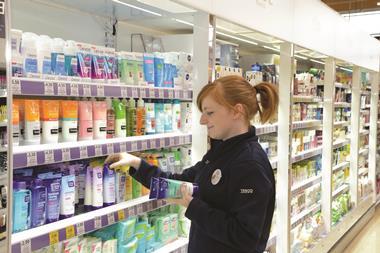
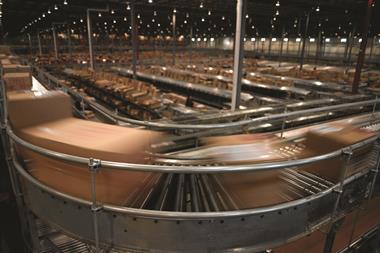
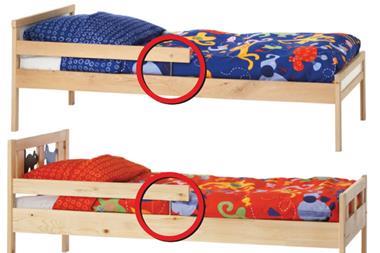
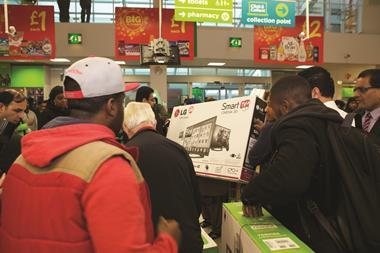
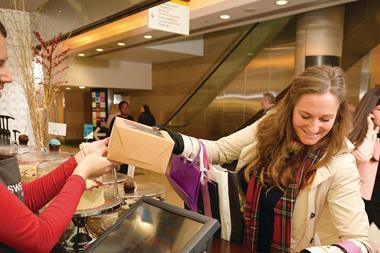
No comments yet